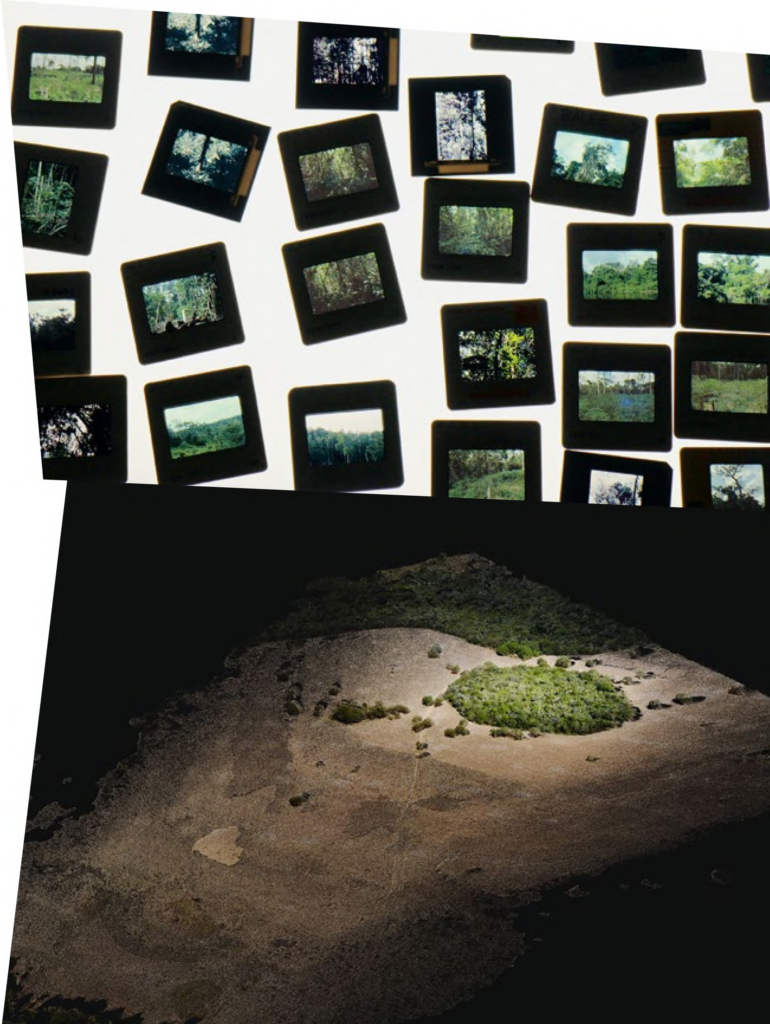Born in 1980 in Campinas, Brazil, he lives in Brasilia, the capital of Brazil, while working throughout Latin America
An Architectural Botany (2018-22), Trees, Vines, Palms and Other Architectural Monuments (2017-22)
Paulo Tavares is an architect, educator, and curator whose work questions colonial legacies of modernity in architecture and culture. In 2017 he founded autonoma, an agency dedicated to the practice of architecture as advocacy. Exploring conflicts embedded in space and land, his work has most recently focused on collaborations with communities at the frontlines of land conflicts in the Brazilian Amazonia, to propose strategies for reparations in the face of forced dispossession and rampant modernization. Tavares has collaborated with the research group Forensic Architecture and teaches at Columbia GSAPP and the Universidade de Brasília. In 2023 his project Terra, co-curated with Gabriela de Matos, was awarded the Golden Lion award for Best National Participation at the 18th Venice Architecture Biennale.
Tavares’s installation comprises two interconnected bodies of work. An Architectural Botany (2018–22) centers around the lives and knowledge of the Ka’apor of eastern Amazonia. The historical relationship of the com- munity with their forest environment has been extensively documented and archived by American ethnobotanist William Balée, who describes Ka’apor life and culture as deeply interwoven with the mindful use and transformation of their habitat. Tavares draws from Balée’s book Cultural Forests of the Amazon (2013) and proposes that what is categorized as botanical history be reinscribed within the region’s sociocultural and architectural history.
The second work, Trees, Vines, Palms, and Other Architectural Monuments (2017–22), brings to the fore the concerns of the A’uwe (Xavante) people of central Brazil who inhabit the contemporary territories of Marãiwatsédé. The Xavante were subjected to violent and brutal displacement from their ancestral lands in the 1960s, under the guise of development and integration into the nation-state of Brazil. Working in collaboration with the Bö’u Xavante Association of Marãiwatsédé, Tavares and members of autonoma use the testimonies of elders, supported by aerial and terrestrial imagery, as evidentiary documents mapping where these ancient settlements once stood. The imagery reveals a multitude of arc-shaped tree and vegetation patterns that mark these sites. These otherwise indiscernible arcs, encoded within the forests, are early examples of “terraformations” designed and planted by the Xavante over many generations. These documents have been gathered in support of a petition to recognize these constructed vegetal forms as architectural heritage and to affirm the Xavante people’s right to land and sovereignty.



